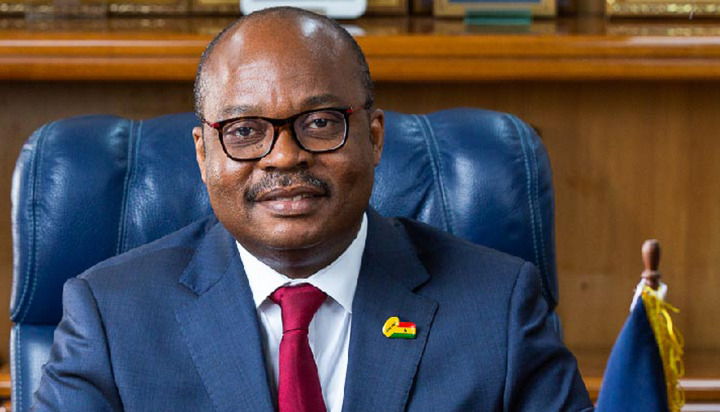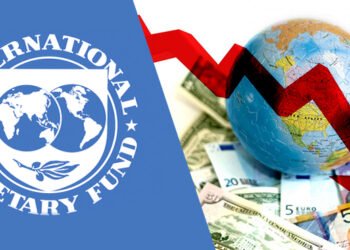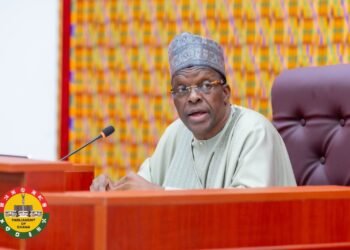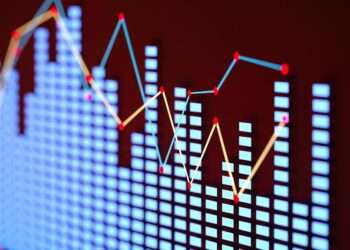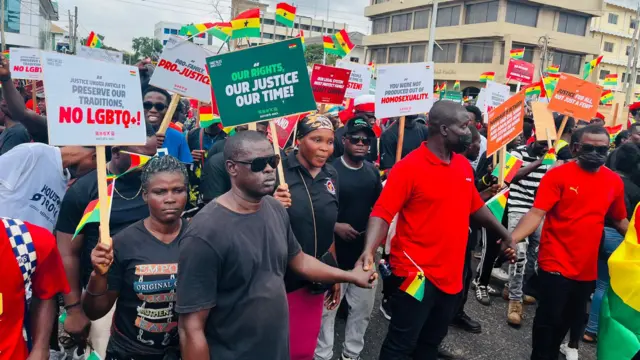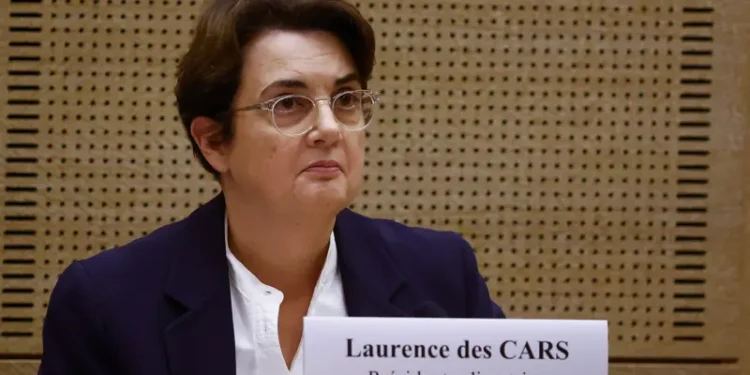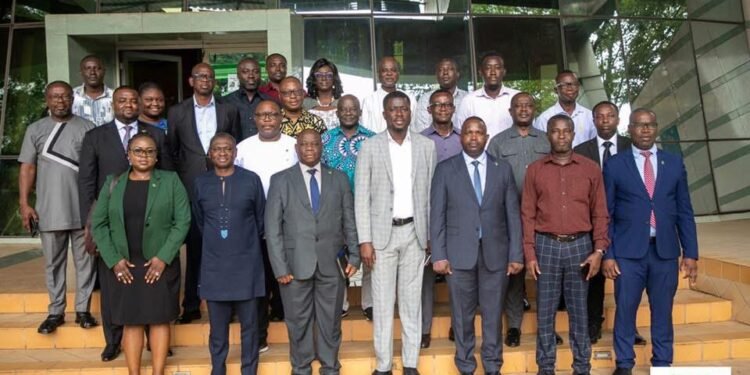The Monetary Policy Committee of the Bank of Ghana has maintained the policy rate at 14.5 percent.
The decision to maintain the rate is as a result of positive signs of recovery in the macro-economy, with key emphasis on a lower inflation projection.
This was captured in the 96th monetary policy committee press release on Monday, September 28, 2020.
The monetary policy rate ended the year 2019 at 16.0 percent and has been maintained for the first two months of the 2020.
In March, however, the monetary policy committee revised the rate down from 16.0 percent to 14.5 percent.
“In sum, the drivers of economic growth are returning to normal with prospects for a good recovery. Monetary and fiscal policies have been supportive, providing the necessary underpinnings for the economy to withstand the negative output shock arising from the pandemic.
“Under the circumstances, the Committee’s view is that risks to the immediate outlook for inflation and growth are broadly balanced and decided to keep the policy rate unchanged at 14.5 percent”.
However, this has come at the cost of moving away from the consolidation path and could pose a risk to long-term macroeconomic stability if decisive measures are not taken to define a feasible fiscal adjustment to stabilize debt.
According to the release, recent survey data point to emerging signs of recovery following the sharp global economic contraction in the first half of 2020, due to the COVID-19 pandemic.
The recovery, the MPC stated, “has been underpinned by coordinated large fiscal stimulus packages, supportive monetary policies and widespread easing of restrictions, especially in countries that have made significant progress in containing the spread of the virus. The recovery is expected to continue, but at a gradual pace”.
The BOG however, expressed worry of a possible resurgence of a second wave of the pandemic which is generating uncertainties and posing risks to the anticipated recovery.
The document also read “The Ghanaian economy has also begun to experience some recovery as price pressures that resulted from the pandemic-related restrictions and lockdown measures in March 2020, are easing. Headline inflation, after edging up sharply to 11.4 percent in July 2020, has started going down, now at 10.5 percent in August, on the back of declining food prices.
“Notwithstanding the contraction in the second quarter, high frequency data available to the Bank of Ghana show some green shoots of rebound in economic activity. From the Bank of Ghana’s surveys in August, consumer confidence is bouncing back strongly and is currently above pre-lockdown levels. Consumers seem to be responding to the gradual lifting of restrictions—providing some scope for meaningful economic activities. Business confidence also increased, but yet to reach pre-lockdown levels. About 95 percent of businesses surveyed showed strong optimism, reflecting the improving macroeconomic conditions, stability in the exchange rate, lower input prices, moderation in lending rates, and positive industry prospects.
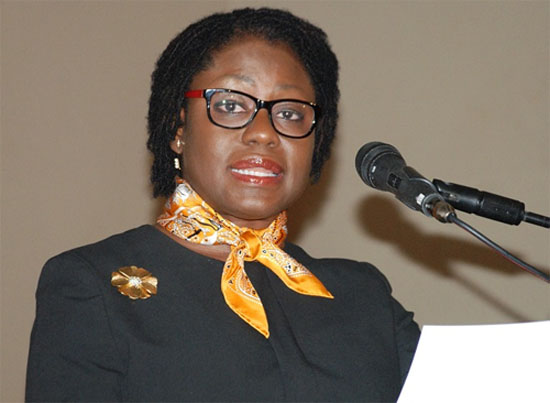
“The real Composite Index of Economic Activity (CIEA) grew by 3.6 percent in July 2020, compared with a contraction of 10.6 percent recorded in May. Consumer spending, industrial consumption of electricity, and construction activities have all reached pre-lockdown 3 levels, while tourist arrivals and port harbor activity are gradually edging upwards. In contrast, imports, exports, and private sector contributions to social security, remain below pre-lockdown levels”.
Furthermore, the MPC release stated that “the downward adjustment of the monetary policy rate impacted the weighted average interbank lending rate, which declined to 13.6 percent in August 2020 from 15.2 percent in August 2019. Average lending rates of banks have steadily declined to 21.4 percent from 24.0 percent over the same comparative period.
“The banking sector remains liquid, well capitalized, and well-positioned to support growth. The sector remains robust as reflected by the strong Financial Soundness Indicators and the Banking Sector Stability Index. Banks are well capitalized to contain short-term liquidity pressures and any possible worsening of the economic environment.
“The NPL ratio has declined marginally and profitability remains strong. The recent survey results revealed that while the pandemic has increased the industry’s cost of operations, banks have not passed on the associated costs to consumers through higher interest margins”.



